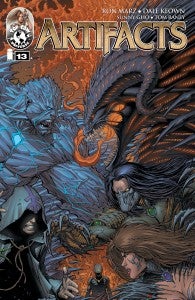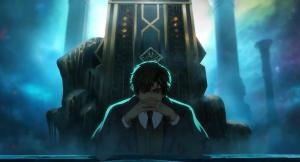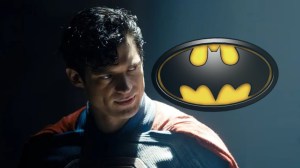It’s been a busy week in the ol’ comics industry, with Charles M. Schulz’s Peanuts coming back from the grave, the Top Cow Universe being reborn from the brink and Marvel continuing to support their new best-selling monthly with pervasive and sometimes inscrutable marketing catchphrases. What did we think of these and other comics released on January 4th? Read on…
Review Revue: PEANUTS #1, ARTIFACTS #13, DEFENDERS #2 and More!
It’s been a busy week in the ol’ comics industry, with Charles M. Schulz’s Peanuts coming back […]















